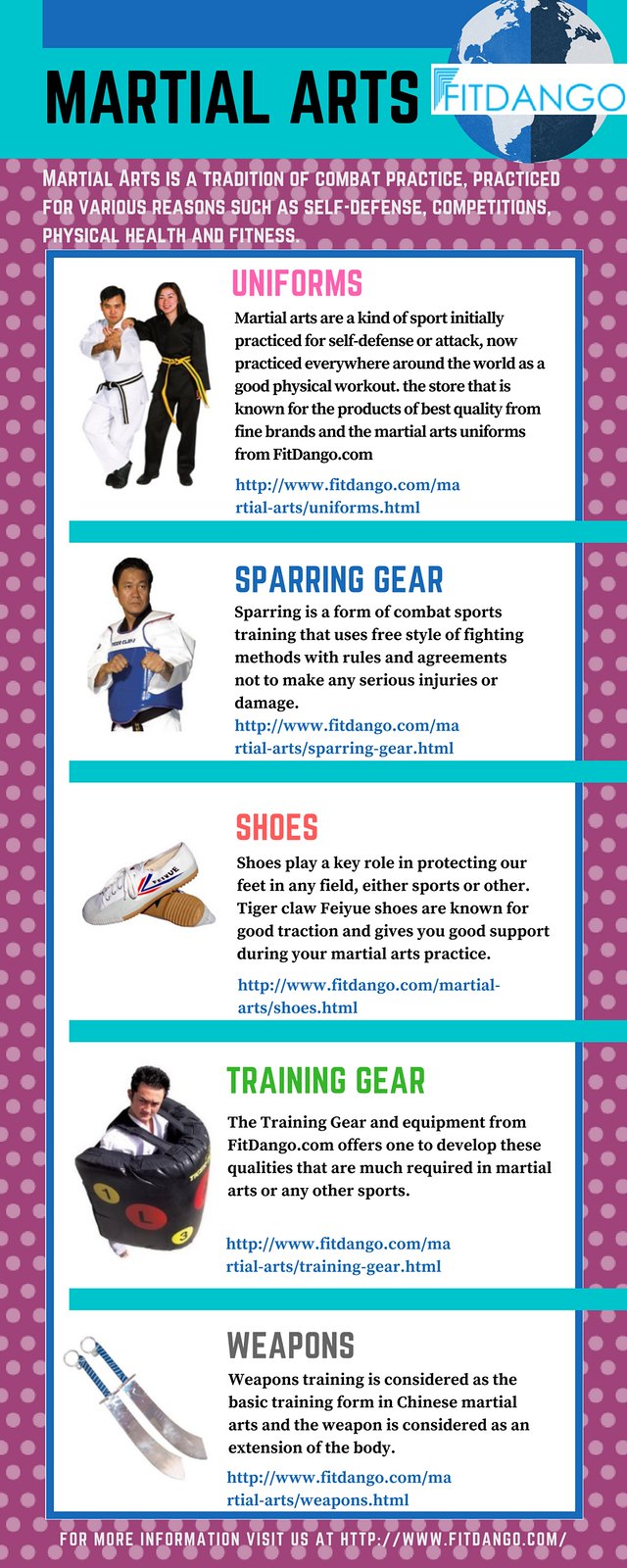Taekwondo For Protection: Practical Tips And Methods
Taekwondo For Protection: Practical Tips And Methods
Blog Article
Authored By-McNally Mohamed
Wanting to boost your individual safety and security techniques? Taekwondo, a fighting style understood for its swift kicks and effective strikes, may simply be the capability you require.
With its focus on self-defense techniques, Taekwondo offers sensible suggestions and methods that can be applied in real-life situations. Whether you're a novice or have some experience, this discussion will certainly give you with important insights and strategies to boost your Taekwondo skills for protection.
So, prepare yourself to unlock the keys behind Taekwondo's performance in safeguarding yourself, and discover how you can progress outfitted to take care of any type of prospective threat.
Fundamental Taekwondo Methods for Self-Defense
To efficiently safeguard on your own making use of Taekwondo, it's essential to grasp standard techniques that allow you to react quickly and decisively in any protection situation.
Among the essential strategies in Taekwondo is the front kick. This method entails lifting your knee to your breast and prolonging your leg ahead, intending to strike your opponent's chest or confront with the sphere of your foot.
An additional vital strategy is the roundhouse kick. With this kick, you pivot on your sustaining foot and turn your leg in a circular activity, aiming to strike your challenger's body or head with the top of your foot or shin.
click the up coming web site is another reliable method, including a fast and effective thrust of your leg to strike your challenger's belly.
Effective Approaches for Making Use Of Taekwondo in Real-Life Situations
After grasping the basic techniques of Taekwondo for protection, it's vital to develop efficient approaches that can be applied in real-life circumstances.
Here are three essential approaches to aid you make use of Taekwondo successfully:
- Stay calmness and concentrated: In a real-life circumstance, it's easy to worry or end up being overloaded. However, by staying tranquility and concentrated, you can assume much more plainly and make better choices.
- Use your environments: Taekwondo isn't practically kicks and punches. It has to do with utilizing your atmosphere to your benefit. Look for items that can be utilized for defense or to produce range in between you and your opponent.
- see more for vulnerable points: When defending yourself, aim for the weak points of your assaulter. https://www.lowkickmma.com/shaolin-monks/ to the eyes, throat, groin, or knees can rapidly disable a challenger and provide you the advantage.
Tips for Improving Your Taekwondo Skills for Self-Defense
Creating your Taekwondo abilities for self-defense calls for consistent technique and a concentrate on crucial strategies.
To improve your abilities, start by mastering the essentials. Work with your position, equilibrium, and maneuvering to guarantee a solid foundation.
Exercise your kicks and punches to create rate, power, and accuracy. Integrate defensive methods such as blocks and parries right into your training to efficiently protect yourself versus assaults.
Frequently spar with a partner to replicate real-life circumstances and boost your response time and decision-making skills.
Furthermore, cross-training in other martial arts or fight sports can provide an all-around method to protection.
Conclusion
As you step out of the taekwondo workshop, your mind is filled with new strategies and techniques for self-defense. You feel great in your capacity to shield on your own in real-life scenarios.
Yet in the middle of the power and poise of taekwondo, keep in mind that true self-defense exists not just in physical prowess, however also in the ability to stay clear of conflict and scattered tense situations.
what is a martial arts studio called is an effective device, however it is very important to utilize it wisely and responsibly.
